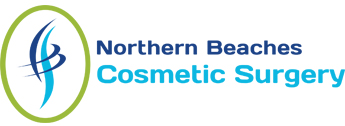Protruding Ear/Bat Ear Non-Surgical Correction (Non-incisional Otoplasty)
Prominent ears are one of the most common congenital deformities, with an incidence of 5% in the white population, giving an unappealing aesthetic appearance. This can lead to both children and adults experiencing psychosocial distress.
- What is a Non-surgical Bat Ear Correction?
- Who is an ideal candidate for the procedure?
- How is the procedure performed?
- How soon can I expect to see result?
- What happens during the post procedure period?
- Are there any risks associated with this procedure?
Non-surgical Bat Ear Correction is a non-surgical incision (no cutting) procedure to make a permanent cosmetic treatment for protruding ears. This requires no hospital stay and no general anaesthesia. The duration of the whole procedure is only about one hour. The satisfaction rate is greater than 90% including children.
Any age group between 9 – 65 years who are suffering from protruding ears. It is necessary for your doctor to assess you before the procedure is performed.
Local anaesthesia (numbness needle) is given, then your doctor will insert some suture stitches through the ear. Your doctor may discuss with you about your preference of the ear’s shape during the procedure as part of live feedback to make the best outcome which you desire.
You can see the result immediately once the procedure is complete.
Most of the time bruising and pain is very common, but it is normal progress of your healing. Medications and ointment are prescribed to help with pain, faster healing and to prevent infection after the procedure. You will have to wear a headband for about 2 weeks or more during sleeping at night to cover and protect your ears when rolling over in bed.
Cosmetic surgical procedure is a formal risky surgical operation.
It is not a “simple beauty treatment”
Non-Surgical Otoplasty is generally a common procedure. Like other procedures, there are risks and complications associated with this procedure:
Common risks and complications:
Bruising, swelling, pain, treatment area infection, asymmetry of the ears due to an over correction, loosening of sutures used to reposition the ear are common risks and complications. For long term, revision procedures can be performed to achieve a better result, but only 3-5% of patients require it.
Rare risks and complications:
Distortion, deformation, muscle and nerve injury.
Anaesthetic anaphylaxis reaction: rashes, difficulty breathing, cardiac arrest.

